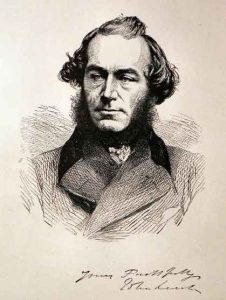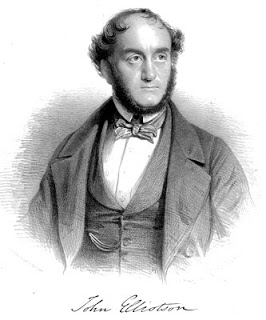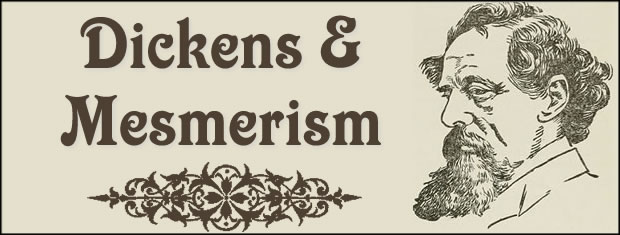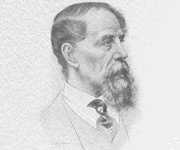Charles Dickens and mesmerism played a crucial role in 1849 when John Leech, the illustrator for A Christmas Carol, was injured. Dickens rushed to his aid, offering a unique form of help that the doctors couldn’t provide.
Charles Dickens and Mesmerism
Last Updated on October 10, 2024 – Originally Published July 5, 2012
In 1849 John Leech, the illustrator for A Christmas Carol, was injured. The accident left Leech with concussion-like symptoms that wouldn’t disappear despite all the work of his doctors.

John Leech was an illustrator who provided the images for “A Christmas Carol”.
Leech was in a great deal of pain and unable to rest. Dickens heard of the incident and rushed to his friend’s aid. Within a few days Leech’s condition had significantly improved. What could Dickens do that the doctors couldn’t?
Dickens helped his friend via the use of mesmerism.
The History of Mesmerism
Mesmerism was developed by Franz Anton Mesmer. It used hypnotic trances to heal people.
In 1838 Dickens attended several lectures on the subject including some by John Elliotson.

John Elliotson
Elliotson was the professor of clinical medicine who introduced the stethoscope to England. He also had campaigned against corrupt medical practices. Despite his many accomplishments Elliotson was forced to resign his teaching position in 1839 because of a scandal regarding mesmerism.
Despite the controversy Dickens was a believer in mesmerism. Elliotson taught Dickens the technique and it quickly became apparent that Dickens was skilled in this area.
Initially Dickens mesmerized family and friends just for fun or to help with minor illnesses. However, in late 1844 he took on a more serious case, that of Madame de la Rue.
Charles Dickens and Madame de la Rue
Augusta de la Rue suffered from extreme anxiety. It was so profound that it caused noticeable facial tics or spasms. Dickens was eager to help and during the next few months he treated her frequently.
The treatments were effective. After a month Madame de la Rue showed much improvement. She was able to sleep and night and visibly looked more relaxed.
Once the physical symptoms of Madame de la Rue eased, Dickens became interested in their underlying causes.
Their sessions began to focus more on Madame de la Rue’s dreams, hallucinations and thoughts. She spoke of being pursued by a “phantom”. Their sessions became almost like those of a therapist and a patient.
Eventually Dickens’s wife, Catherine, became uncomfortable with the frequency of the sessions and Dickens’s fascination with Madame de la Rue’s condition.
What Really Happened?
The exact workings of mesmerism remain a mystery. It might have functioned like a tranquilizer, promoting rest and relaxation. While we may never fully understand its mechanisms, the improvements in the health of both Leech and de la Rue after Dickens’s treatments suggest that there was indeed something beneficial at play.


